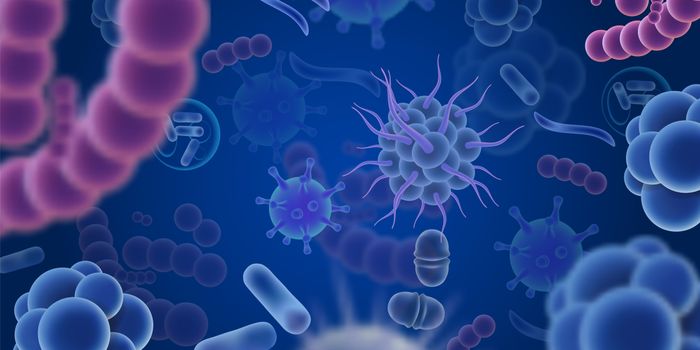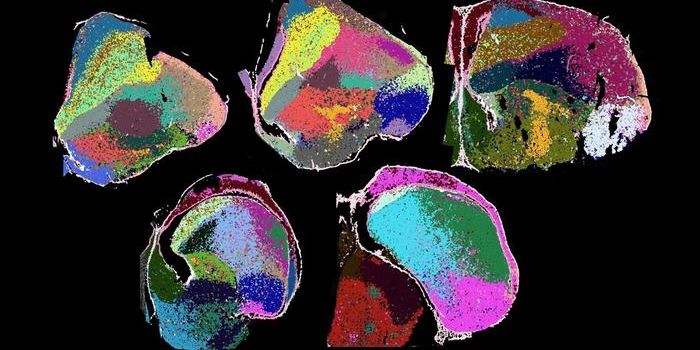New Type of 'Immune System' is Discovered in Bacteria
Just like humans, bacteria can be attacked by infectious pathogens, and they also have immune defense systems. One of those bacterial immune defense mechanisms, CRISPR, was recently appropriated by scientists, and used to launch a biomedical revolution. In CRISPR, the genetic material of viral pathogens gets diced up and integrated into the bacterial genome. Now another bacterial defense system has been discovered. The findings have been reported in Cell.
In this study, the researchers outlined the bacterial immune system, short prokaryotic Argonaute and associated TIR-APAZ (SPARTA) proteins, which form heterodimeric complexes.
Argonaute proteins can be found in other multicellular organisms including plants and humans. Like the Cas9 enzyme that digests DNA in the CRISPR system, a piece of genetic material known as a guide RNA helps the Argonaute proteins recognize matching DNA sequences. Argonaute proteins use the guide RNA moleucles to detect DNA from invading plasmids or viruses. Once detected, the proteins trigger the degradation of nicotinamide adenine dinucleotide (NAD+).
In CRISPR, when the Cas9 enzyme is guided to its target, the DNA gets cuts up and degraded. But SPARTA is different, the detection of the target DNA triggers the shutdown of the cell, which is down by breaking down NAD+. Since NAD+ is essential to cellular functions, the infected cell is ultimately destroyed.
While it may seem counterintuitive, the infected cell can save a colony of bacteria this way, and prevent the invader from spreading to neighbors. The bacterial cell can sacrifice itself to save others, explained study leader and Assistant Professor Daan Swarts of Wageningen University & Research.
The researchers found this mechanism in several species of bacteria.
While this study was performed to expand our understanding of Argonaute proteins, the research potentially has many applications in the future, just as CRISPR did.
Additional work by this team showed that this system can be reprogrammed to work with any guide RNA. Specific DNA sequences could be identified, and then easily recognized, since the degredation of NAD+ and cell death is a readout.
"In the future, we might be able to detect diseases in the human body using this kind of genetic tools, but we're not there yet," Swarts cautioned. "For the time being, we are motivated by a fundamental curiosity."
Sources: Wageningen University, Cell









